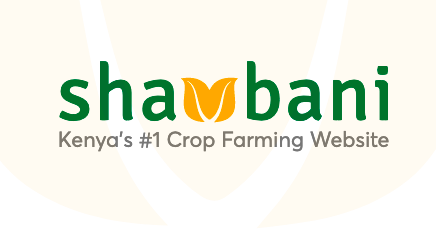Beans Farming in Kenya is common especially due to inter-cropping with maize in order to increase the soil’s nutrients.
It has all-year market demand, because Kenyans depend on it as a high source of proteins. However, Kenyan farmers have not been able to produce adequate volumes consistently.
This article aims to guide Kenyan farmers through a step by step guide of all elements for profitable beans farming in Kenya.
These include;
- Site selection
- Seed variety
- Land preparation
- Pest and disease management
- Harvesting and post-harvest management
- Utilization and value addition
Site Selection for Beans Farming
This article covers site selection and the factors therein to consider when embarking on choosing the site that will eventually be prepared and the bean crop is grown.
It will answer the questions; ‘where will I grow my beans?’ and ‘why should I grow it there?’
When choosing a site we have to consider a range of factors which include;
- The type of soil
- The topography of the land
- Water availability
- The temperature ranges of the area
Beans Seed Variety
This article covers seed variety selection when embarking on growing dry beans. There are different types of beans & the variety you choose will have a direct effect on the amount of crop you harvest.
Varieties are produced through plant breeding processes which look to maximize the amount of yield that can be achieved in different regions under different circumstances.
The type of seed variety you choose will therefore be heavily influenced by the site selected which carried factors such as type of soil, rainfall patterns, temperatures, topography.
This choice should also factor in the characteristics of the variables such as;
- Whether drought resistant for drought-prone areas
- Resistance to a specific pest
- Is it Early maturing
- Will the crop be high yielding
Land Preparation and Beans Planting Requirements
This article covers land preparation which comes after successfully selecting the appropriate site for cultivation.
It also covers the planting requirements of dry beans and also other factors such as;
- Seed rate
- Fertilizer rate
- Planting depth and
- Weeding cycle
Beans Farming Pest and Disease Management
This article covers the various pests and diseases that are of economic importance when growing dry beans in Kenya.
It also identifies and defines the methods of management of the said pests and diseases.
The pests vary and they range from insect pests, animal pests, weeds, pathogens and also human pests.
They cause physical damage to the crops which if not seriously managed and promptly can lead to huge losses. This, therefore, makes pest control and disease management a very key factor in Dry beans farming in Kenya.
Beans Harvesting, Post-Harvest Management, Utilization and Value Addition
This article covers harvesting as a whole right from the preparation before harvesting until the crop is finally harvested and later on post-harvest management. This will include;
- Drying of the beans
- Harvesting period
- Storage


